
Performing toxicant exposure assessments: A clinical step in effective case management (Proceedings)
Units of concentration can refer to a concentration in a liquid or solid material.

Units of concentration can refer to a concentration in a liquid or solid material.

A 2-year-old male cat was being treated for urinary obstruction at a veterinary hospital. Immediately after his intravenous catheter was flushed with a pre-filled syringe of what was believed to be heparinized saline, the cat urinated, tremored, torsed and collapsed. Hospital staff could not resuscitate the cat.

Unfortunately, many people equate natural and safe. Thus, this may explain in part the current popularity of products containing "all natural" active ingredients. However, some of the most toxic compounds known to man are naturally-occurring (botulism, cyanogenic glycosides, ricin).

Cyanobacteria is another name for blue-green algae. Not all algae produce toxins. Cyanobacteria intoxication is most commonly associated with ingestion of water with excessive growth of Anabaena spp., Aphanizomenon spp., Oscillatoria spp., which produce the neurotoxins anatoxin-? and anatoxin-?(s); Microcystis spp., which produces the hepatotoxin microcystin; or Nodularia spp., which produces the hepatotoxin nodularin. Cyanobacteria ingested with water can be rapidly broken down in the gastrointestinal tract.
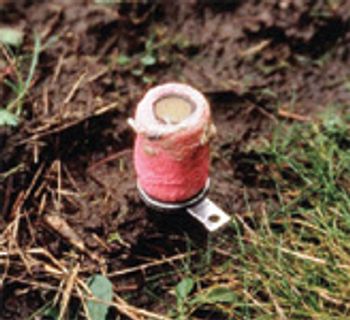
"Arthur", a 9 month-old, male (N), American Bulldog, was admitted to the ES with a complaint of refractory neuromuscular disease. At 5:30 PM, he walked into the house from outside, stumbled and collapsed in the rear.

Human and canine exposure to potentially toxic mushrooms is relatively common. In 2007, the American Association of Poison Control Centers (AAPCC) reported a total of ~ 7700 calls related to mushroom exposure. The difficulty for the clinician is that rapid and proper identification of ingested mushrooms occurs infrequently.

When a pet exhibits signs of gastrointestinal disease, the owner often concludes that its food must be the culprit. Pet owners are particularly sensitized to the issue of pet food safety as a consequence of the large pet food recall of 2007 in which imported feed commodities intentionally contaminated with melamine, cyanuric acid, ammeline and ammelide were incorporated into pet foods.

A number of factors need to be considered in deciding the best approach to decontaminating a toxicant-exposed patient. In animals orally exposed to toxicants, these factors include consideration of the substance and amount ingested, whether multiple agents were ingested, the time since ingestion, whether attempts at decontamination have been undertaken prior to presentation, the species of animal involved, number of individuals exposed and whether there is any known underlying organ dysfunction, especially affecting the liver or kidneys.
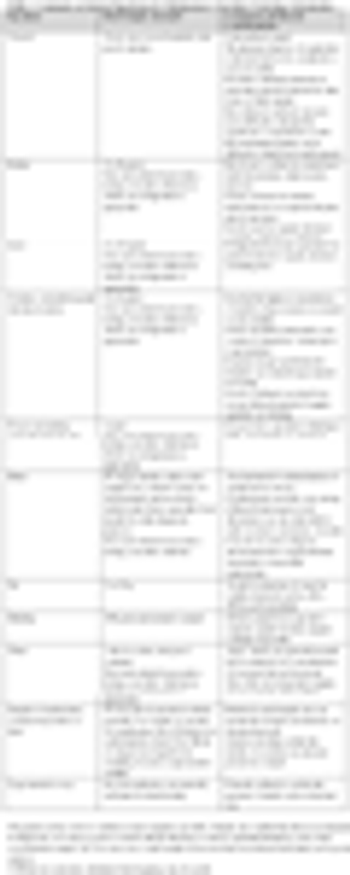
The establishment of a toxicologic diagnosis requires the same approach as that for any non-toxicologic diagnosis: obtaining a comprehensive history, establishing a minimum database, collection of appropriate samples for analysis and correct interpretation of laboratory results.
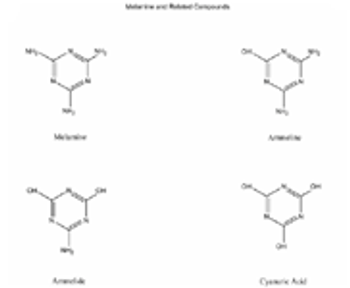
What was the sequence of events leading to the recall?

While scores of potentially toxic plants may be ingested, relatively few plants account for the majority of exposures.
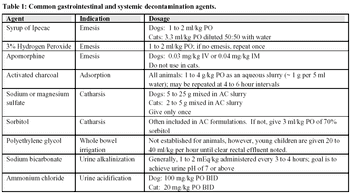
A number of factors should be considered in deciding the best approach to case management.

Once a determination has been made that an animal has been exposed to a toxicant or is intoxicated, a general approach to case management should adhere to the following principles.

Chemical Terrorism: The Role of the Large Animal Veterinarian

Published: November 1st 2010 | Updated:

Published: November 1st 2010 | Updated:

Published: November 1st 2010 | Updated:
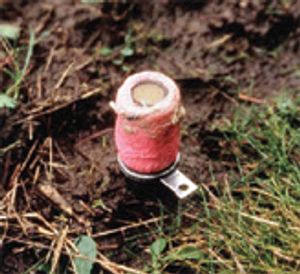
Published: November 1st 2010 | Updated:
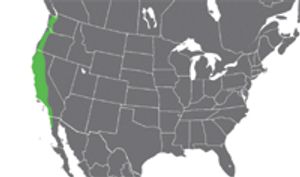
Published: November 1st 2010 | Updated:

Published: November 1st 2010 | Updated: